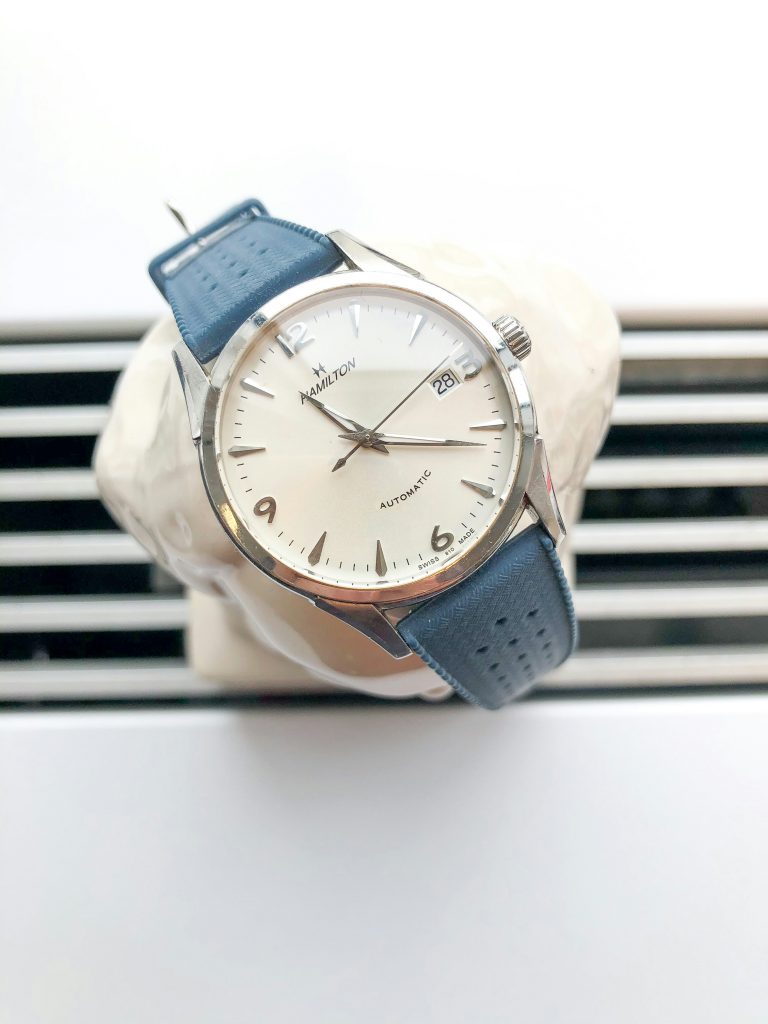## A Journey Through Timepieces
Automatic watches have been a symbol of sophistication and craftsmanship for decades. Unlike quartz watches, which rely on batteries, automatic watches use the natural motion of the wearer’s wrist to wind the mainspring. This innovative mechanism has led to the creation of some of the most iconic and revered timepieces in history. Let’s explore the standout automatic watches (see Kataphrakt Hoplon) that have captured hearts and adorned wrists through the years.
## 1920s: The Birth of the Automatic Watch
### Harwood Automatic
The 1920s marked the dawn of the automatic watch with John Harwood’s invention. Harwood, an English watchmaker, patented the first self-winding wristwatch in 1923. His watch eliminated the need for a winding crown, which was prone to dust and moisture ingress. Instead, it used a pivoting weight that moved with the wearer’s arm to wind the mainspring. This revolutionary design laid the foundation for future automatic watches.
## 1950s: The Rise of Luxury Automatics
### Rolex Oyster Perpetual
In the 1950s, Rolex introduced the Oyster Perpetual, a watch that would become synonymous with durability and precision. Featuring a waterproof case and a self-winding mechanism, the Oyster Perpetual combined practicality with luxury. It became a favorite among professionals and adventurers, solidifying Rolex’s reputation for quality and innovation.
### Omega Seamaster
Another significant name from the 1950s is the Omega Seamaster. Launched in 1948 to celebrate Omega’s 100th anniversary, the Seamaster quickly gained popularity. Known for its robust construction and water resistance, it became the watch of choice for divers and military personnel. Its association with James Bond in later years only added to its iconic status.
## 1960s: The Era of Sporty Elegance
### TAG Heuer Carrera
The 1960s saw a shift towards sporty yet elegant designs. TAG Heuer’s Carrera, introduced in 1963, epitomized this trend. Named after the legendary Carrera Panamericana auto race, this watch was designed for professional drivers. Its clean, legible dial and precision chronograph made it a favorite among racing enthusiasts.
### Seiko 5
Seiko’s introduction of the Seiko 5 in 1963 brought automatic watches to a wider audience. The “5” represented five key features: automatic winding, day-date display, water resistance, durable case and bracelet, and recessed crown at the 4 o’clock position. Seiko 5 watches were affordable, reliable, and stylish, making automatic watches accessible to many.
## 1970s: The Advent of Bold Designs
### Audemars Piguet Royal Oak
The 1970s were characterized by bold, unconventional designs, with the Audemars Piguet Royal Oak leading the charge. Launched in 1972, the Royal Oak was the first luxury sports watch made of stainless steel. Designed by Gerald Genta, its octagonal bezel, “tapisserie” dial, and integrated bracelet set it apart from traditional watches. The Royal Oak’s daring design and high-quality craftsmanship redefined luxury watchmaking.
### Patek Philippe Nautilus
Following the trend of luxury sports watches, Patek Philippe introduced the Nautilus in 1976. Also designed by Gerald Genta, the Nautilus featured a distinctive porthole-shaped case and horizontal embossed dial. Its blend of sportiness and elegance appealed to a new generation of watch enthusiasts, cementing its place as a timeless classic.
## 1990s: The Revival of Traditional Craftsmanship
### IWC Pilot’s Watch
In the 1990s, there was a renewed interest in traditional craftsmanship and aviation-inspired designs. The IWC Pilot’s Watch, particularly the Mark XII model, became a standout piece. With its clear, easy-to-read dial, robust construction, and automatic movement, it honored the legacy of classic pilot’s watches while incorporating modern advancements.
### Jaeger-LeCoultre Reverso
The Jaeger-LeCoultre Reverso experienced a resurgence in the 1990s. Originally designed in the 1930s for polo players, the Reverso’s unique reversible case protected the watch face during matches. The 1990s saw new models that combined Art Deco aesthetics with sophisticated automatic movements, appealing to those who appreciated both history and innovation.
## Conclusion
Automatic watches have evolved significantly over the decades, each era bringing forth new innovations and styles. From the groundbreaking Harwood Automatic of the 1920s to the luxurious and sporty designs of the 1970s, and the revival of classic craftsmanship in the 1990s, these timepieces continue to capture our imagination. Their enduring appeal lies in the perfect blend of technology, artistry, and a touch of timeless elegance. Whether a vintage collector or a modern watch enthusiast, the legacy of iconic automatic watches offers something truly special for everyone.
